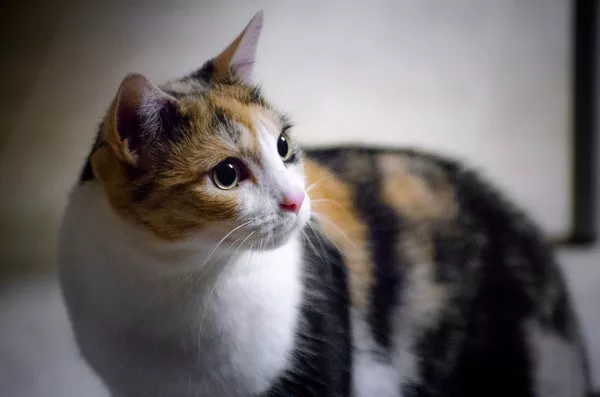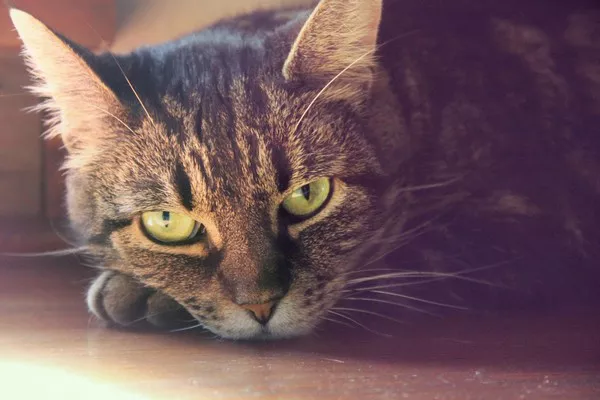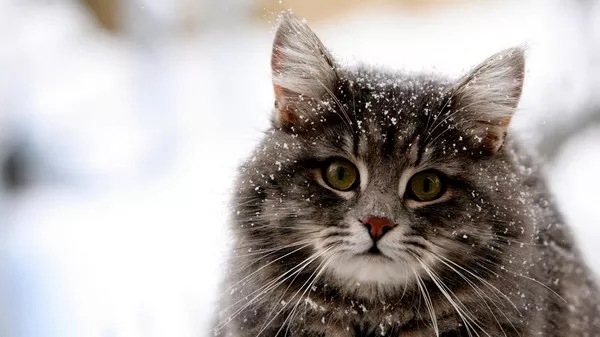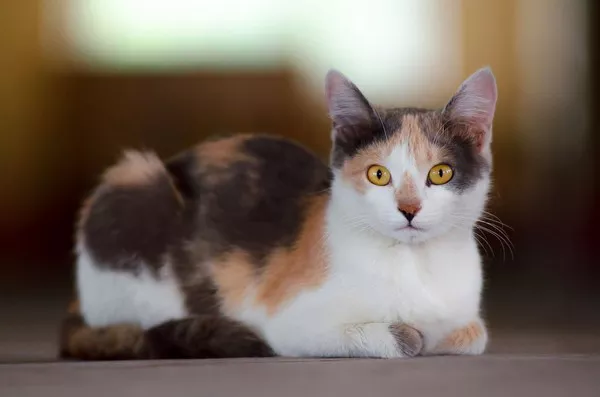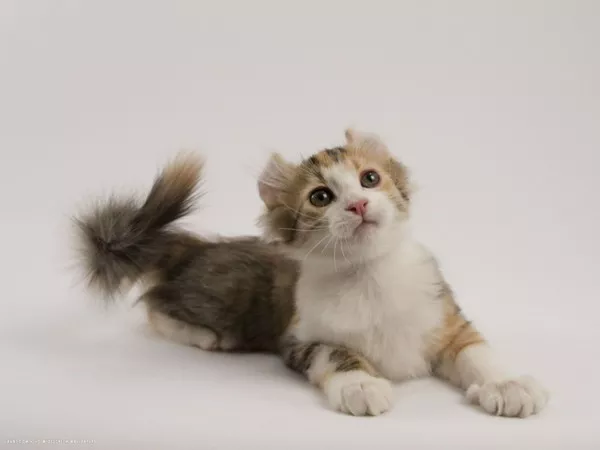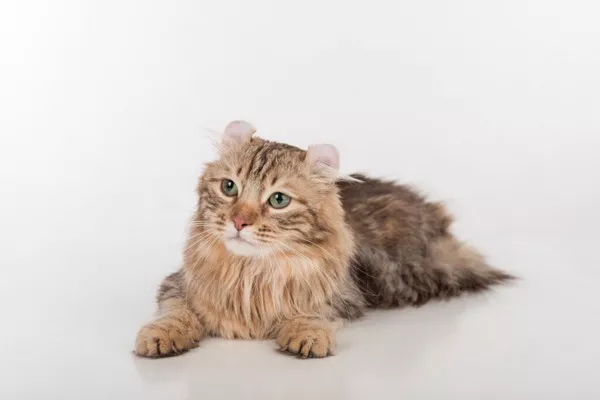Calico cats, with their distinctive tri-colored coats, are not just visually striking but also beloved companions in many households. Like any other cat, ensuring their health and well-being starts with providing them with a nutritious diet. However, with the myriad of cat food options available, it can be overwhelming for cat owners to determine the best diet for their calico feline friends. In this article, we’ll delve into the nutritional needs of calico cats and provide guidance on selecting the best food to keep them happy and healthy.
Understanding the Nutritional Needs of Calico Cats
Before discussing specific dietary recommendations for calico cats, it’s important to understand their nutritional requirements. Like all cats, calico cats are obligate carnivores, which means they require a diet rich in animal-based proteins to thrive. Additionally, they need essential nutrients such as taurine, omega-3 and omega-6 fatty acids, vitamins, and minerals to support various bodily functions, including maintaining healthy skin, coat, and overall vitality.
Protein-Rich Diet: Foundation for Optimal Health
Protein is a crucial component of a cat’s diet, as it provides the necessary amino acids for muscle growth, repair, and overall health. For calico cats, whose energy levels may vary depending on their individual personalities and activity levels, a protein-rich diet is essential for supporting their active lifestyles.
When selecting cat food for your calico companion, prioritize options that list a high-quality animal protein source as the first ingredient. Ingredients such as chicken, turkey, beef, and fish are excellent sources of protein for cats. Avoid products that primarily contain fillers or plant-based proteins, as these may not meet your cat’s nutritional needs adequately.
Balanced Nutrition: The Key to a Healthy Diet
In addition to protein, calico cats require a balanced diet that includes adequate levels of vitamins, minerals, and other essential nutrients. Look for cat foods that are formulated to meet the nutritional standards established by organizations such as the Association of American Feed Control Officials (AAFCO) or have undergone feeding trials to ensure they provide complete and balanced nutrition for cats of all life stages.
Opt for cat food formulas that specify they are suitable for all life stages or are specifically formulated for adult cats, depending on the age of your calico cat. These formulas are designed to provide the appropriate levels of nutrients to support your cat’s growth, maintenance, and overall well-being.
The Importance of Moisture: Wet vs. Dry Food
One consideration when choosing cat food for your calico cat is whether to opt for wet or dry food. Both options have their advantages, and incorporating a combination of both into your cat’s diet can provide variety and additional hydration.
Wet cat food typically has a higher moisture content than dry food, which can help ensure your calico cat stays adequately hydrated, especially if they don’t drink enough water on their own. Additionally, the soft texture of wet food may be more palatable for some cats, making it an ideal option for picky eaters or cats with dental issues.
On the other hand, dry cat food offers convenience and can help promote dental health by aiding in the removal of plaque and tartar buildup. Look for dry cat food formulas that are nutritionally balanced and contain high-quality ingredients to ensure your calico cat receives the necessary nutrients.
Feeding Tips for Calico Cats
In addition to selecting the right cat food for your calico companion, how and when you feed them can also impact their overall health and well-being. Here are some feeding tips to consider:
1. Establish a Feeding Routine: Consistency is key when it comes to feeding your calico cat. Establish a regular feeding schedule and stick to it to help regulate their appetite and digestion.
2. Monitor Portion Sizes: Avoid overfeeding or underfeeding your calico cat by carefully monitoring portion sizes based on their age, weight, activity level, and dietary needs. Consult with your veterinarian for personalized feeding recommendations if you’re unsure.
3. Provide Fresh Water: Always ensure your calico cat has access to fresh, clean water at all times. Hydration is essential for overall health and can help prevent urinary tract issues.
4. Avoid Free-Feeding: While free-feeding may seem convenient, it can lead to overeating and weight gain in some cats. Instead, offer measured portions at designated meal times to help regulate their calorie intake.
5. Monitor Body Condition: Regularly monitor your calico cat’s body condition by feeling their ribs and observing their overall appearance. Adjust their feeding regimen as needed to maintain a healthy weight.
6. Consider Dietary Supplements: Depending on your cat’s specific needs, your veterinarian may recommend dietary supplements such as omega-3 fatty acids or probiotics to support their health and well-being.
Conclusion
Providing your calico cat with a nutritious diet is essential for ensuring they lead a happy, healthy life. By understanding their nutritional needs and selecting high-quality cat food that meets those requirements, you can help support your calico companion’s overall health and vitality. Additionally, incorporating feeding tips such as establishing a routine, monitoring portion sizes, and providing fresh water can further contribute to their well-being. Remember to consult with your veterinarian for personalized dietary recommendations based on your calico cat’s individual needs and circumstances. With proper nutrition and care, your calico cat can thrive and bring joy to your household for years to come.

